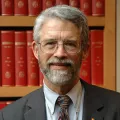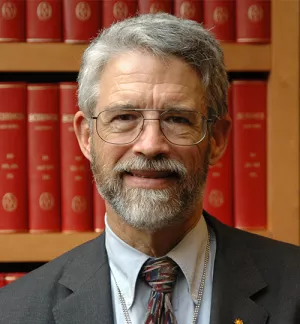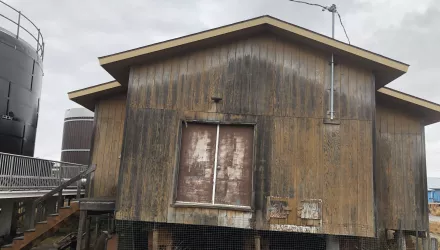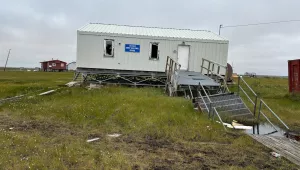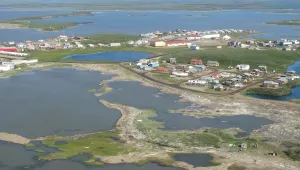A Virtual Science Session: Overview
Temperatures across the Arctic are increasing two to four times faster than the global average. The dramatic consequences that are already apparent include reduction of sea-ice cover, accelerating loss of land ice from glaciers and the Greenland Ice Sheet, proliferating wildfires, and—the topic of this panel—ongoing heating and thawing of the permafrost that underlies most of the land area of the Arctic and sub-Arctic regions across the globe. Permafrost thaw is a direct threat to buildings, roads, and pipelines, and it can greatly accelerate erosion along rivers and coastlines with severe consequences for communities located there. But an impact with much wider consequences is the release of carbon dioxide and methane by the decomposition of previously frozen organic matter, affecting the rate of growth of global warming and all of its impacts everywhere. (There is estimated to be something like 2.5 times as much carbon in the as in the entire global atmosphere; the key question is how fast it will come out.) The panelists, leading Arctic experts all, explain the complex science of thawing permafrost and elucidate the implications both regionally and globally.
Holdren, John, Susan M. Natali and Katey Walter Anthony. “Thawing Arctic Permafrost: Regional and Global Impacts.” National Academy of Sciences, May 11, 2020

